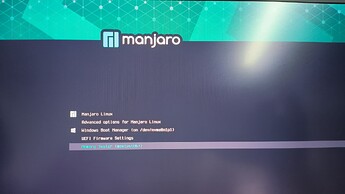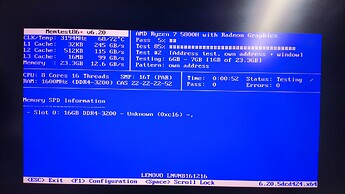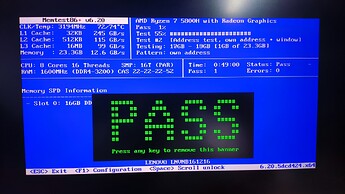This  sounds like an excellent plan. If you do, make
sounds like an excellent plan. If you do, make  sure that the contacts are clean.
sure that the contacts are clean.
Also, the log are spammed with:
ACPI group/action undefined: button/right / RIGHT
And I don’t know if it’ll make any difference, but at this time, I’m guessing you’re willing to try it, and it doesn’t seem like it could hurt. So try Disabling the key events as per below:
https://wiki.archlinux.org/title/Acpid#Disabling_ordinary_key_events
Edit:
I also see many qbittorrent entries in the logs, so I’ve got to ask: does the problems occur if qbittorrent isn’t running?
Edit #2:
I also noticed this error:
10月 07 21:32:37 ling-20ym kded5[1262]: Service ":1.81" unregistered
a Bit of searching for it led to this page, where the last post states:
Downgrade to 5.14.16 and then no issue remains.
So, I guess try with an older kernel?
For 5.10:
sudo mhwd-kernel --install linux510
It’s SLTS, so still good until January 2031.
I’m also burning to use the latest, but forced to stick to 6.1, because my PC doesn’t wake fro suspend on anything newer. So I’ll continue to test newer versions, but I’m OK for now.



